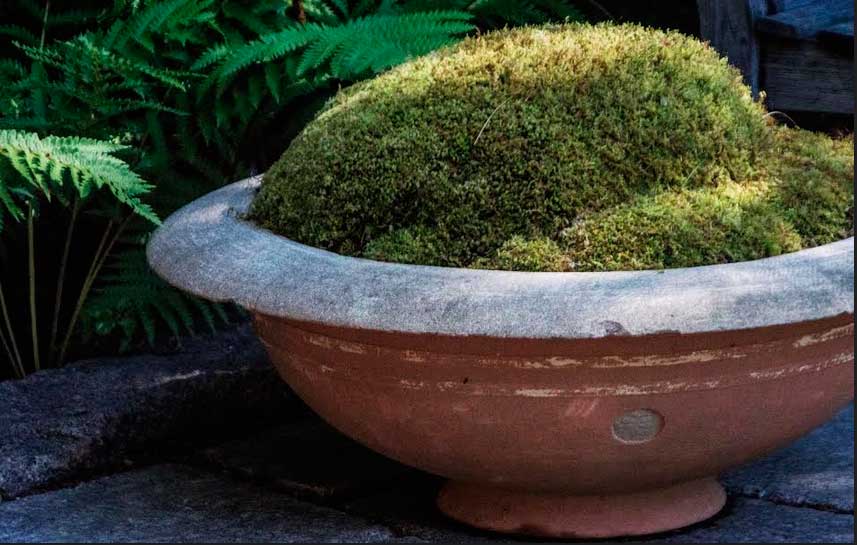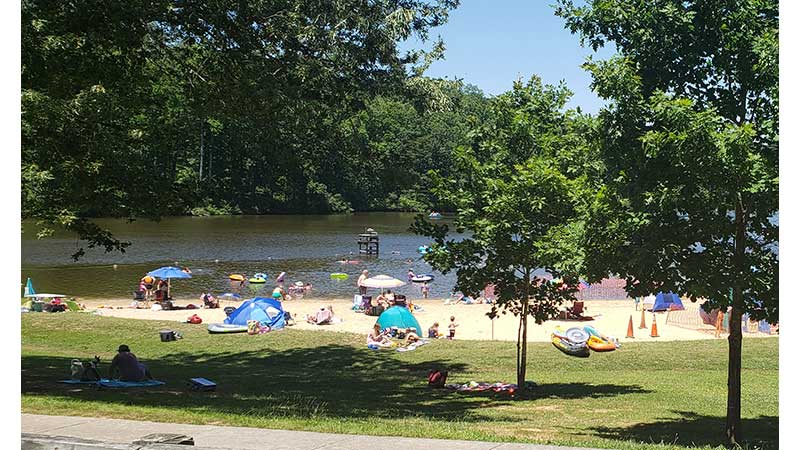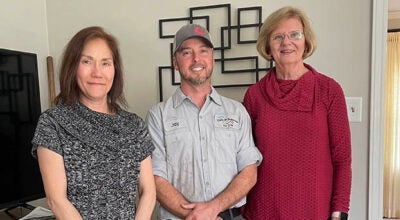Growing Native Plants in Containers
Published 3:03 pm Thursday, October 15, 2015

- Even a container of moss or ferns makes an interesting native garden.
Most of us gardeners do a fair amount of container gardening — those old favorites, petunias and geraniums, on the patio; perhaps some grape tomatoes and herbs in pots near the kitchen door; some tall accent containers in mixed borders that need a lift by midsummer; maybe even some creative groupings of containers. Certainly many gardeners have a new exotic plant or two by the front door. As many of you know, I seriously love my Aechmea blanchetianas, and they’re front and center every summer.
Unfortunately, most of us never consider using native plants in our container gardens. We associate them with woods, meadows and the roadside, but not our neat container gardens. And that’s a loss.
Most native plants are quite adaptable to containers. They provide interesting new combinations of textures and colors and also benefit pollinators too. The “rules” for using native plants in containers are the same as for any other combination of plants. First, consider the size and location of the pot. Is it in full sun or shade? On a second floor balcony where the temperature could be as much as 10 degrees hotter than at ground level? Near a swimming pool where the plants may be splashed with chlorinated water?
Once you’ve decided on the location and size of the pot, then the fun begins. As with any combination of plants, consider thrillers — a plant or two that have wow power; fillers — plants that add texture and color while also filling empty space around the thrillers; and finally spillers — plants that will cascade over the side of the pot, softening the arrangement and connecting it to the ground. Thrillers don’t have to be flowering plants. They can be grasses that have interesting textures, vines that add architectural interest by climbing bamboo poles, even succulents.
Other than looking good together, it’s important for all the plants chosen for use in the same container to have similar growth requirements. Mixing cacti with moisture loving plants obviously doesn’t work. Most native plants grow best in a soil rich in humus; just be sure to check the pH requirements of the plants you’ve selected. Fertilizer usually isn’t necessary.
What native plants to choose? Native Sarracenias (pitcher plants) are perfect for a bog container garden. They are tough and look interesting all year. They require full sun and a potting mix of sand and peat moss and constant moisture. Water them with water from the rain barrel since chlorine will cause their edges to turn brown. Never, ever fertilize them.
Foam flowers, violets, and wild geraniums are perfect for early spring texture and blooms. They can be under planted with Virginia bluebells, which will go dormant by late spring/early summer. Heucheras add color and texture all year.
For summer, consider different types of asters, butterfly weed, coreopsis, black-eyed Susans and goldenrods, especially sweet goldenrod. Other choices include: bee balms, mountain mints, and horse mint. Hog peanuts make interesting spillers.
With its spikes of bright red blooms, cardinal flower is another interesting choice. A friend of mine has several pots of this plant that she likes to move close to where she’s enjoying her morning coffee so that she can enjoy the activity of visiting hummingbirds. After she finishes her coffee, she repositions the pots for the perfect mix of sun and shade.
As with any container gardens, just be sure to provide plenty of water, especially during hot, dry weather. And then be prepared to enjoy not only beautiful foliage and flowers but also visits from interesting bees, butterflies and even hummingbirds.
CYNTHIA WOOD is a master gardener who writes two columns for The Herald. Her email is cynthia.crewe23930@gmail.com.





